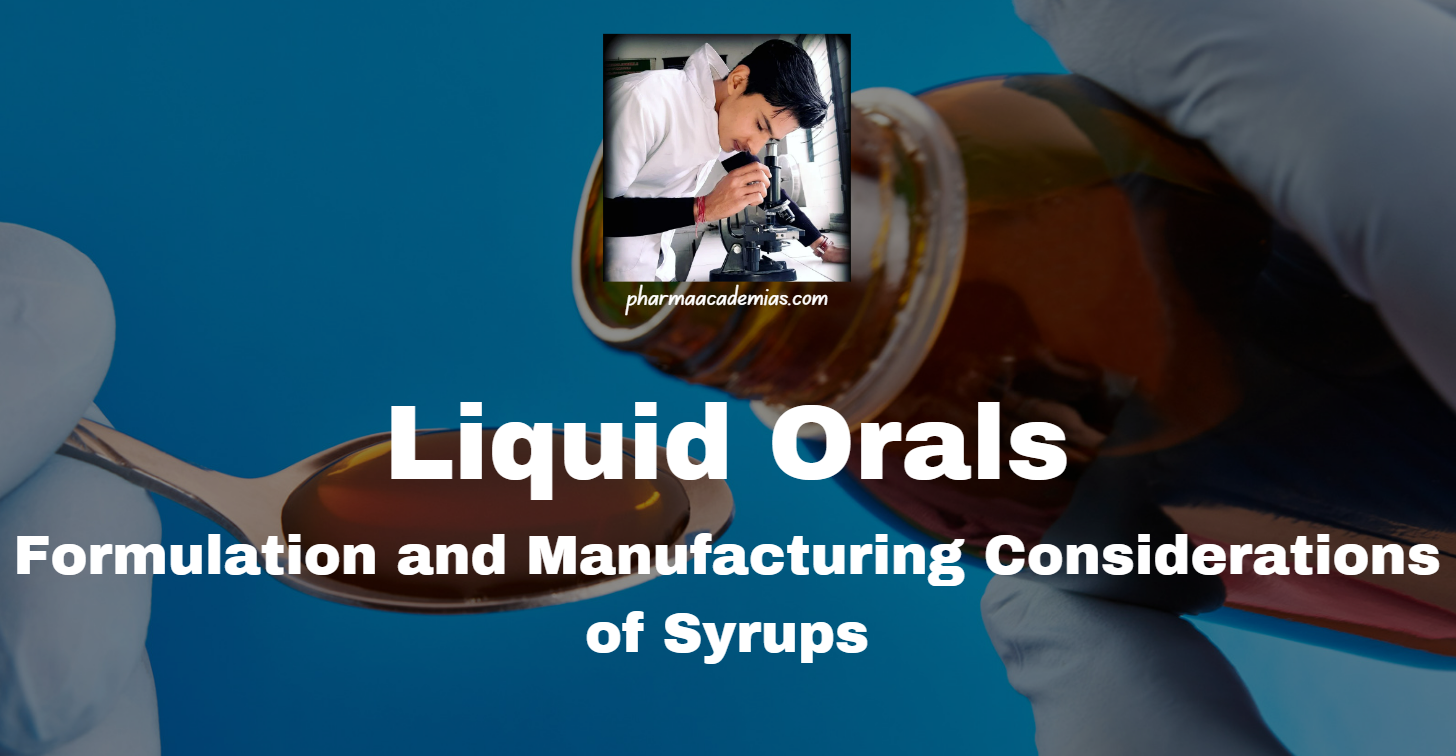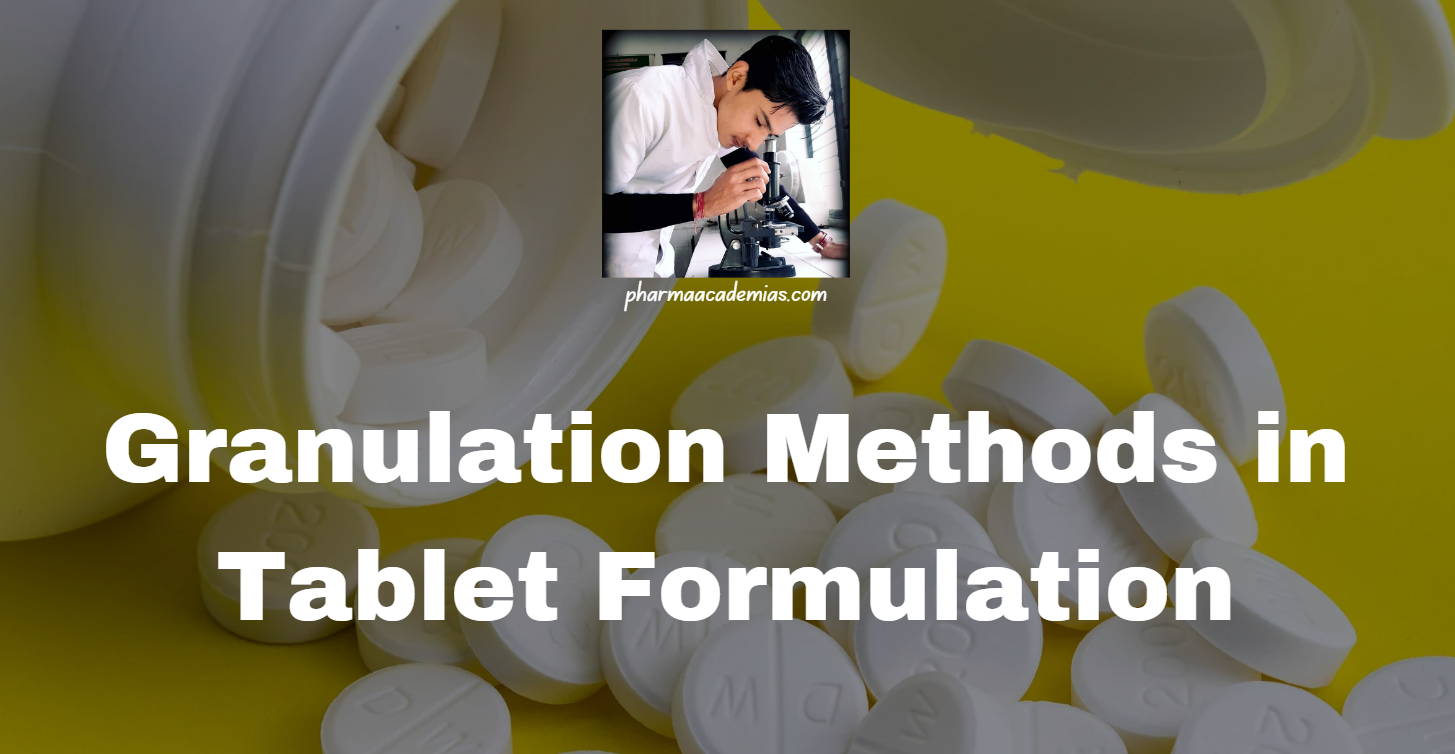Liquid Orals: Formulation and Manufacturing Considerations of Syrups
Syrups are a popular form of liquid oral dosage due to their palatability and ease of administration. They are used to deliver both therapeutic agents and nutrients. The formulation and manufacturing of syrups involve several key considerations to ensure efficacy, stability, and patient acceptability. Formulation of Syrups 1. Definition Syrups: Concentrated solutions of sugar or … Read more










